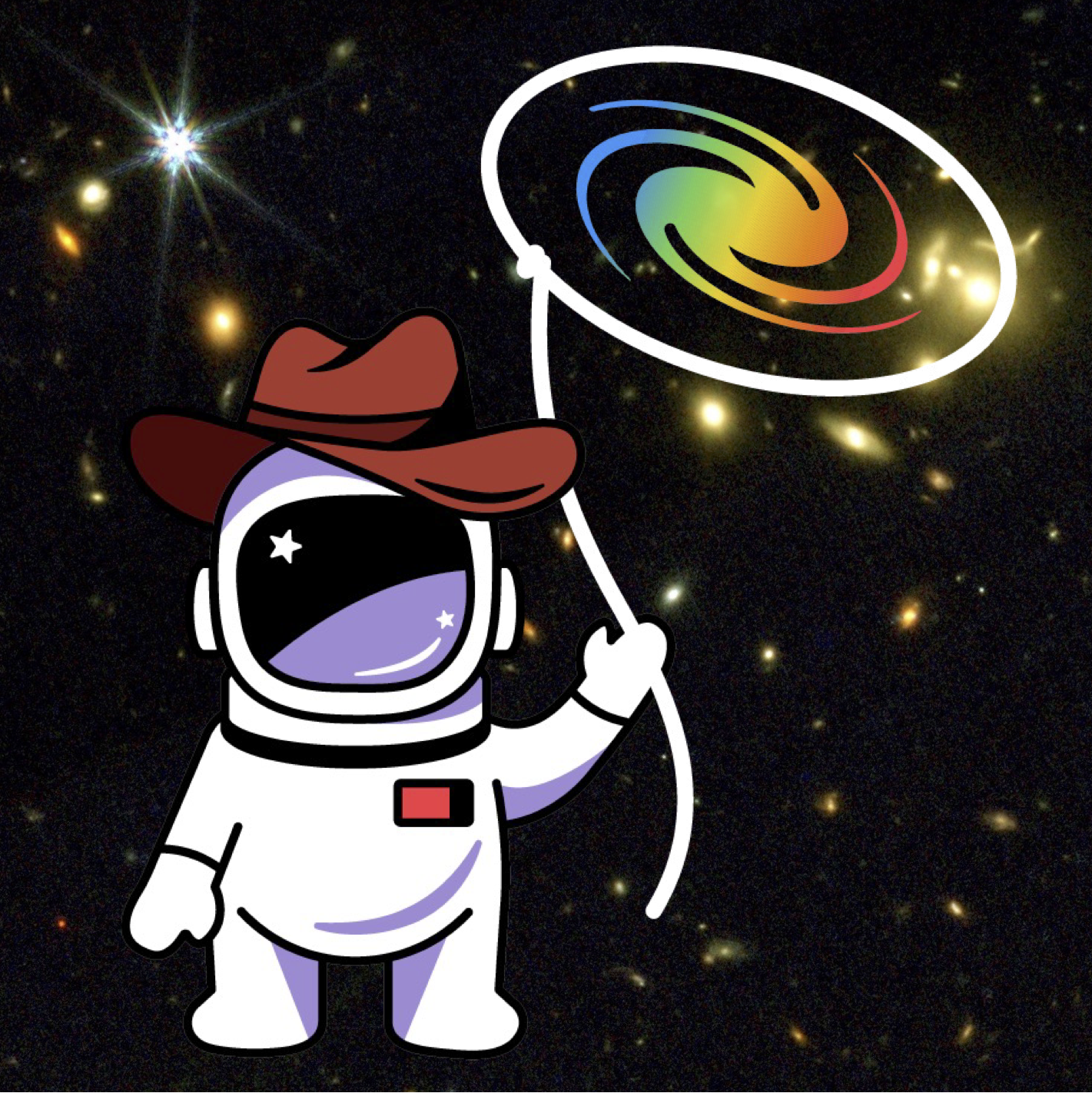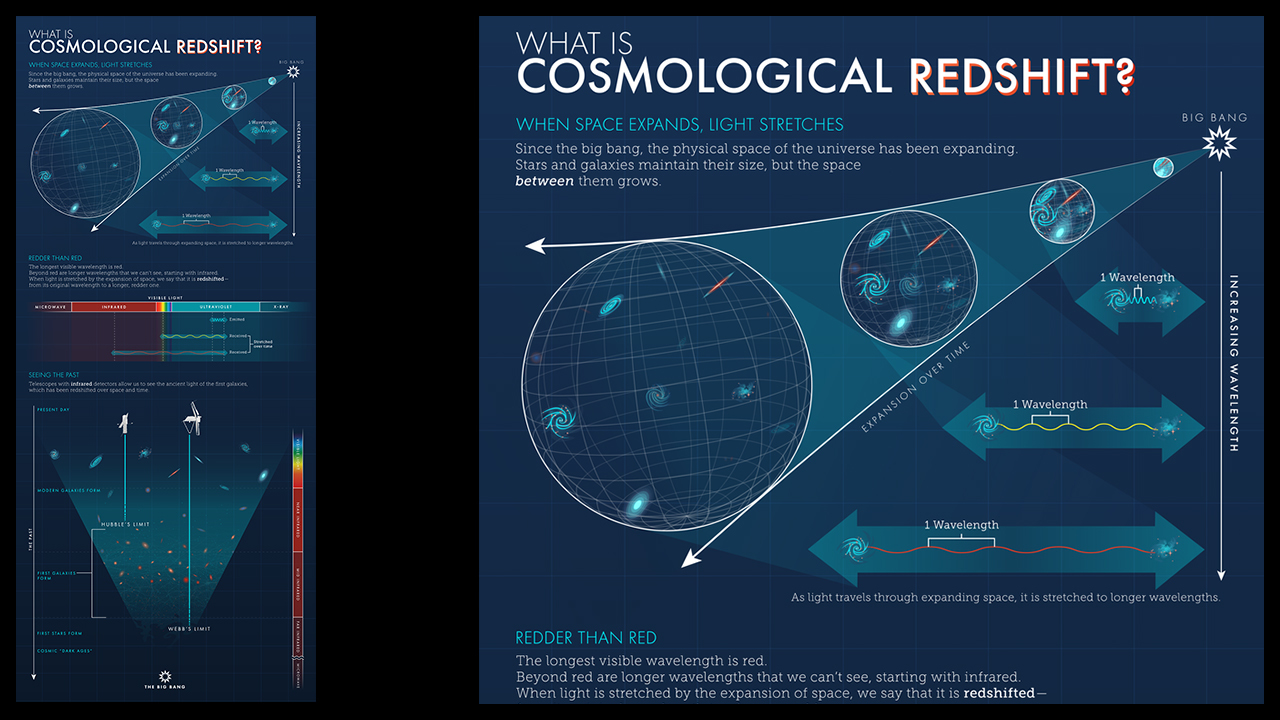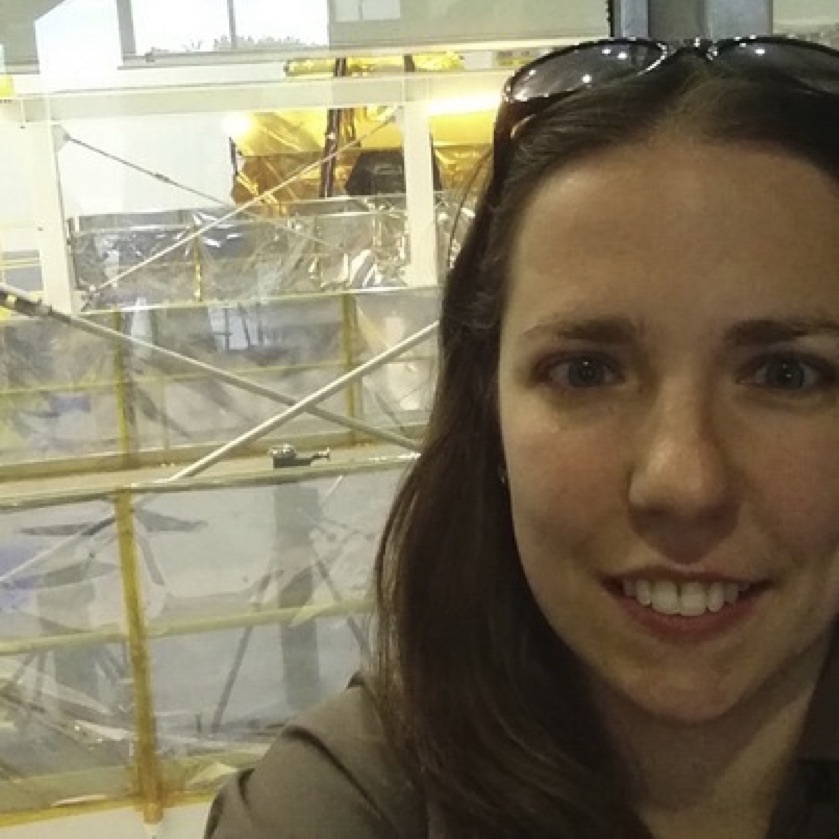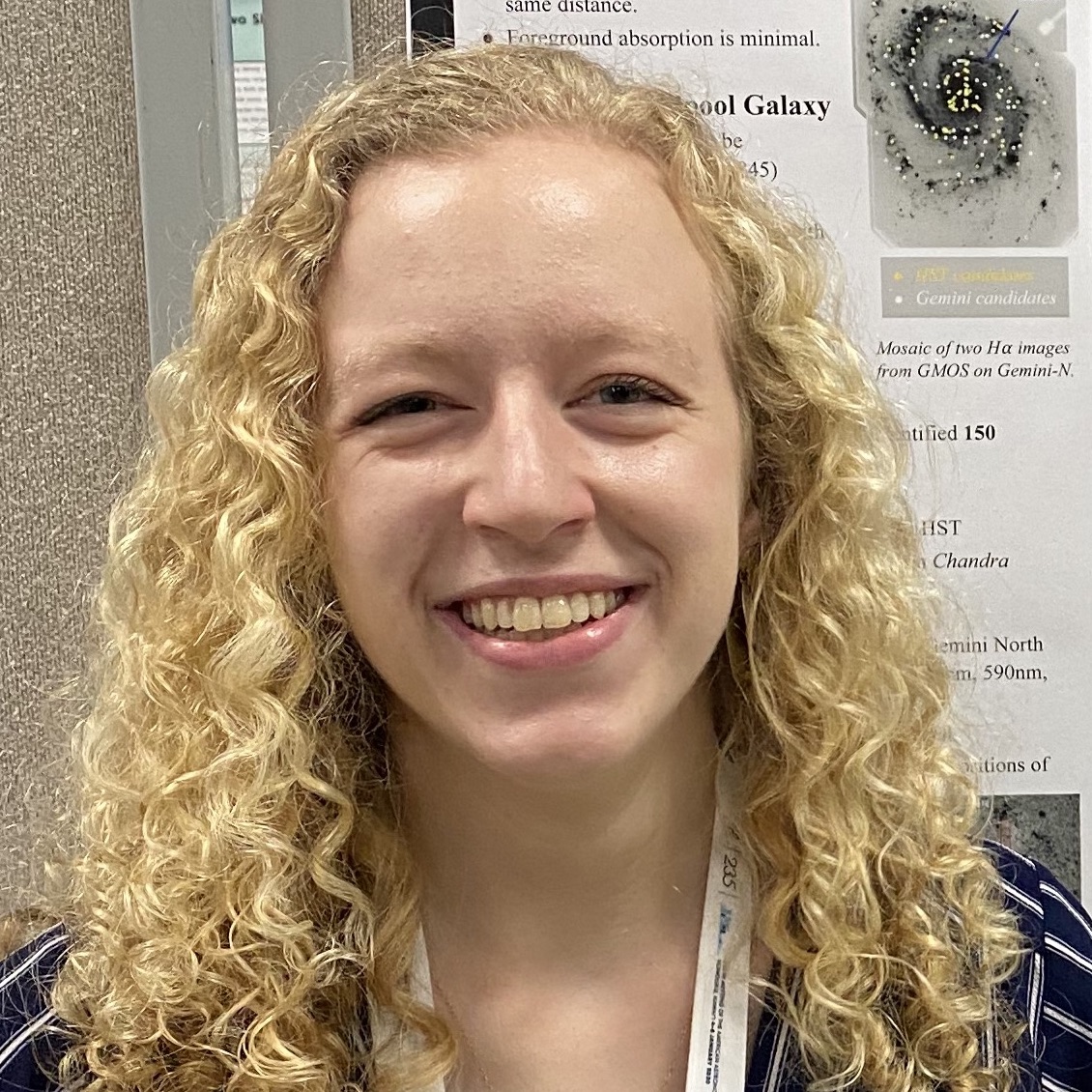Redshift Wrangler
Look back in time to the early universe using light from distant galaxies! As a Redshift Wrangler, you’ll examine data from the Keck Observatory and Hubble Space Telescope, looking for bumps and wiggles. Using the tools of spectroscopy - the study of light across different wavelengths – we’ll use the bumps and wiggles to measure how big the universe was back when the light was released. That information, called the “redshift” of a galaxy, reveals in turn how galaxies evolve across oceans of time.
ages
18 and up
division
Astrophysics
where
Online
launched
2023
What you'll do
- Help us find the bumps and dips in galaxy spectra that will reveal the redshifts, and therefore distances, of galaxies.
- Help us spot problems in the automated modeling that our computers perform once we know a galaxy’s redshift.
- Connect with other volunteers through the project’s bulletin board.
Requirements
- Time to get started: 5-15 minutes to complete the tutorial
- Equipment: Web-connected device
- Knowledge: None. The in-project tutorial provides all the instruction you’ll need.
Get started!
- Visit our project webpage.
- Click on either “Task 1: Identify Spectral Features” or “Task 2: Check Spectra Fits”. They might not both be available.
- Complete the tutorial.
- Start evaluating data!
Learn More
Learn all about the science of Redshift Wrangler in our website’s Research section. Still want to know more? Check out the Education tab for links to more detailed discussions of spectra, the Early Universe, and more.
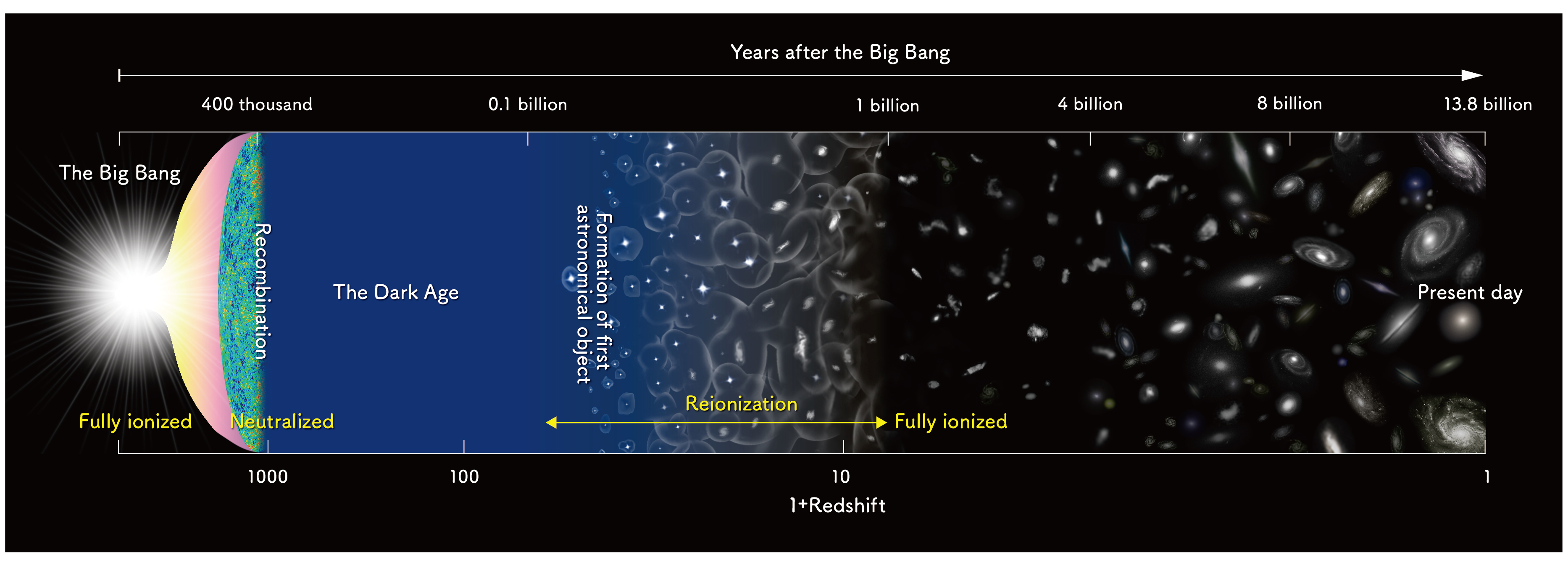
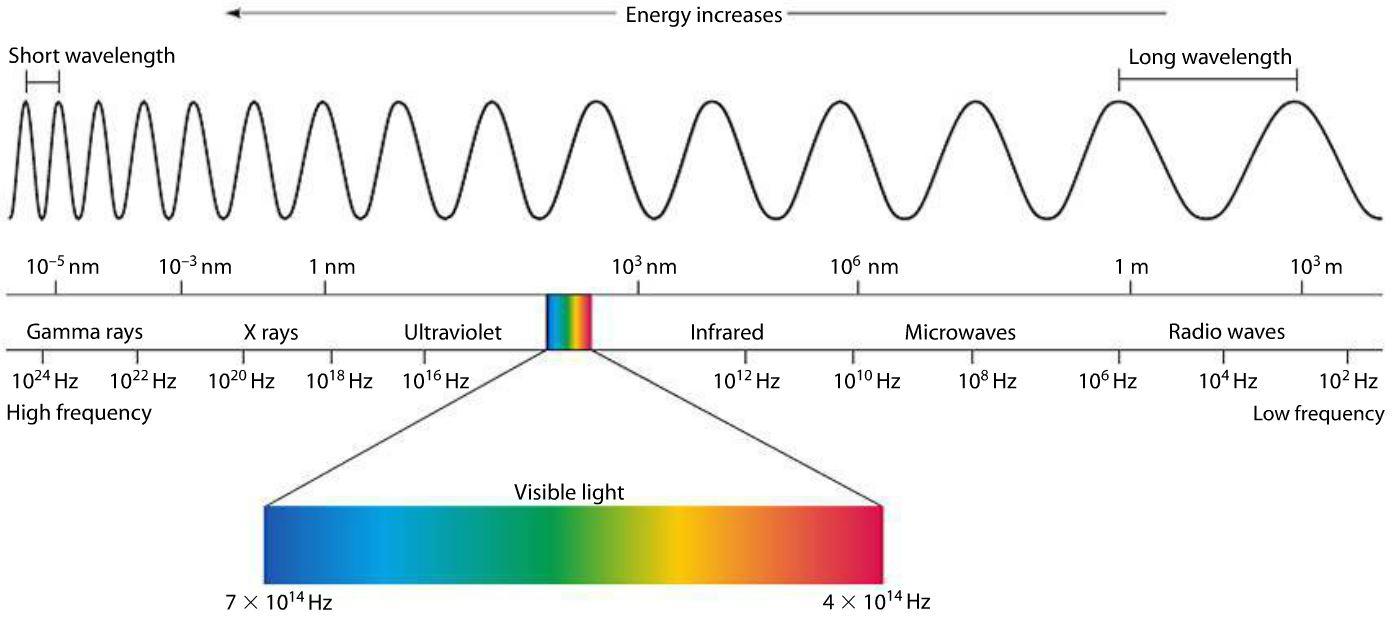
Longer wavelengths of light tend to look more red. Of course, the human eye can only see a narrow range of wavelengths, shown by the rainbow in the center of the figure.
